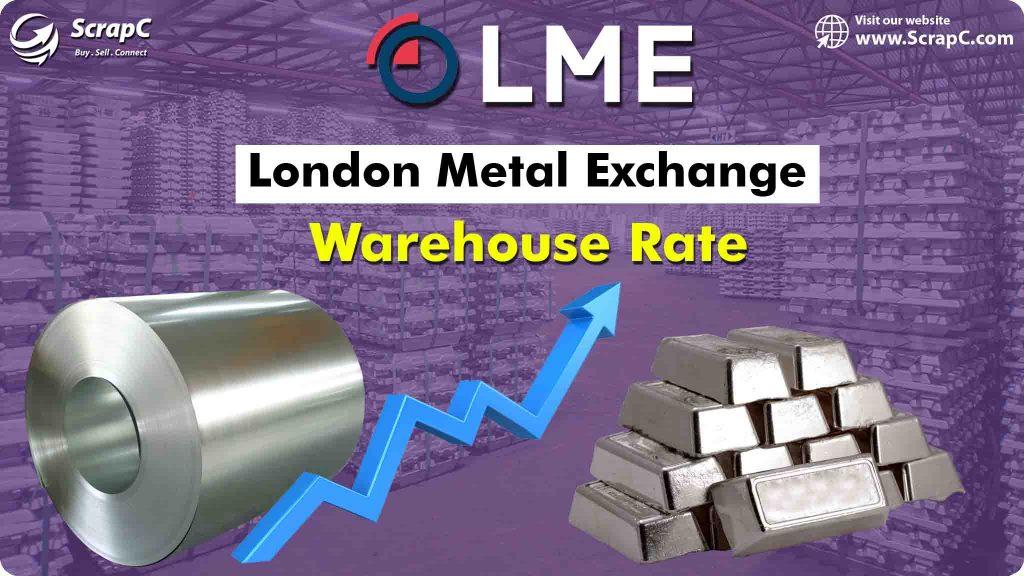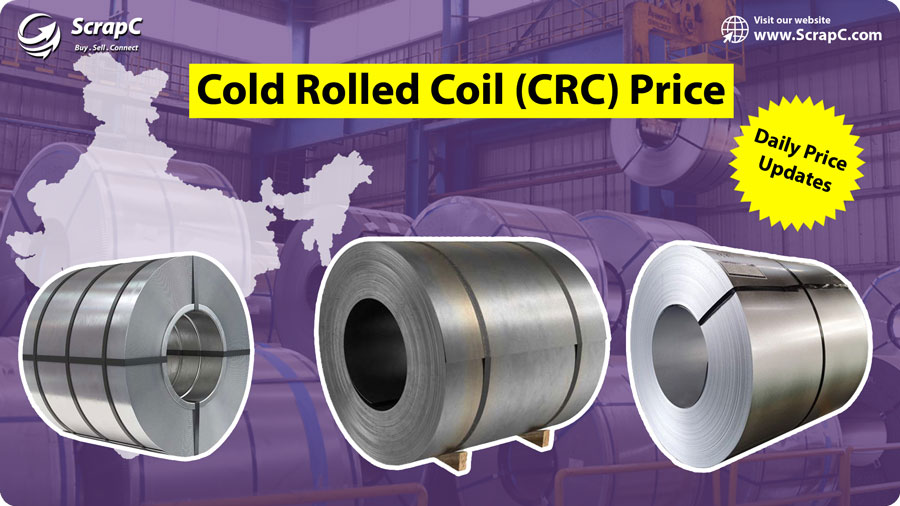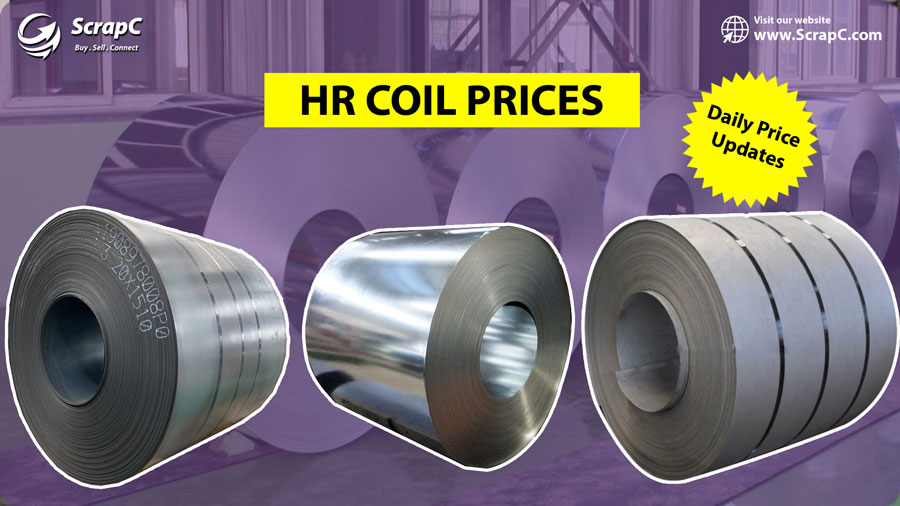| LME WAREHOUSE STOCK | Rate |
|---|---|
| Copper | 237750 (-1675) |
| Alluminium | 943675 (-3550) |
| Nickel | 104388(+174) |
| Zinc | 242350 (-1625) |
| Lead | 247025 (-3850) |
| Tin | 4605(+0) |

Exploring the World of LME Warehouse Rates: Overview
In the real of global metal trading, the London Metal Exchange (LME) stands as a pivotal institution, fostering transparency and efficiency in the market. Central to its operations are the network of LME-approved warehouses and storage facilities spread across the globe. In this comprehensive guide, we delve into the intricacies of LME warehouse rates, exploring their types, benefits, warranty systems, approval processes, and the significance of location. Additionally, we’ll navigate through the latest price trends of key metals like copper, aluminium, nickel, zinc, lead, and tin, shedding light on their implications for market participants
Types of LME Warehouse Rates
Benefits of LME Warehouse Rates
The establishment of standardised warehouse rates by the LME brings numerous benefits to the industry and government alike. These include:
Transparency:
Clear and standardised rates promote transparency in metal trading, fostering trust among market participants.
Table of Contents
ToggleEfficiency:
By streamlining storage and handling costs, LME warehouse rates contribute to the overall efficiency of metal transactions.
Market Stability:
Standardised rates help stabilise the market by providing a predictable cost structure for storing and transporting metals
Regulatory Compliance
Adherence to LME warehouse rates ensures compliance with industry regulations, promoting integrity and accountability.
Warranty Systems
LME warrants serve as crucial documents representing ownership of specific lots of LME-approved metal. These warrants not only certify ownership but also act as insurance against the quality of the metal being traded. Warrants can only be issued if the underlying metal meets the quality standards specified by the LME, ensuring reliability and consistency in transactions.
Approval Process and Location
The approval process for LME warehouse locations is rigorous and meticulous, aiming to ensure the integrity and reliability of storage facilities. The LME approves warehouse locations based on criteria such as fiscal and regulatory systems, transportation infrastructure, and political stability. Warehouse companies seeking approval must demonstrate compliance with insurance requirements, capital adequacy, and other criteria outlined by the LME.
Approved Warehouses and Market Dynamics
LME-approved warehouses play a crucial role in the dynamics of the metal market, serving as key nodes in the supply chain. These warehouses, operated by licensed warehouse companies, store LME-registered brands of metal and issue LME warrants on behalf of warrant holders. The approval of new warehouse locations expands the reach of the LME network, facilitating broader market access for traders and investors
Impact on Market Dynamics
The presence of LME-approved warehouses exerts a profound influence on the dynamics of the global commodities market:
- Price Discovery: Transparent storage rates and availability of quality-assured metals facilitate price discovery, enabling efficient risk management and investment decisions.
- Market Liquidity: By providing a reliable mechanism for storage and delivery, LME warehouses enhance market liquidity, fostering robust trading activity.
- Price Volatility: Fluctuations in warehouse stocks and warrant status can influence price volatility, reflecting shifts in supply and demand dynamics.
- Impact on Metal Prices: The influence of LME warehouse rates extends to individual metal prices, with fluctuations in storage costs and warrant availability exerting varying effects:
- Copper: LME warehouse rates can impact copper prices, with changes in storage costs influencing inventory levels and, consequently, market sentiment.
- Aluminium: Similar to copper, aluminium prices can be influenced by shifts in warehouse rates, as storage costs play a significant role in supply chain dynamics.
- Nickel, Zinc, Lead, Tin: These base metals are also susceptible to price fluctuations driven by changes in LME warehouse rates, reflecting the interconnected nature of the commodities market.
Conclusion
LME warehouse rates play a vital role in shaping the global metal market, fostering transparency, efficiency, and reliability. By standardising storage and handling costs, facilitating the issuance of warrants, and ensuring the integrity of storage facilities, the LME contributes to the smooth functioning of metal trading worldwide. Market participants can leverage the insights provided by price trends to navigate the complexities of the metal market and capitalise on emerging opportunities
FAQ
- What is the LME warehouse?
- What is LME rate?
- Is LME trading today?
- What time is LME inventory data?
- How do LME warehouses work?
- What time is the LME trading?
- What is LME inventory?
- What time does the LME close today?
- What is the time of market orders?
About Author
Hey, I'm Sumit Pawar, an SEO specialist at ScrapC Marketplace. I specialize in optimizing online visibility and boosting rankings. I stay updated on trends to make a real impact in digital marketing.






